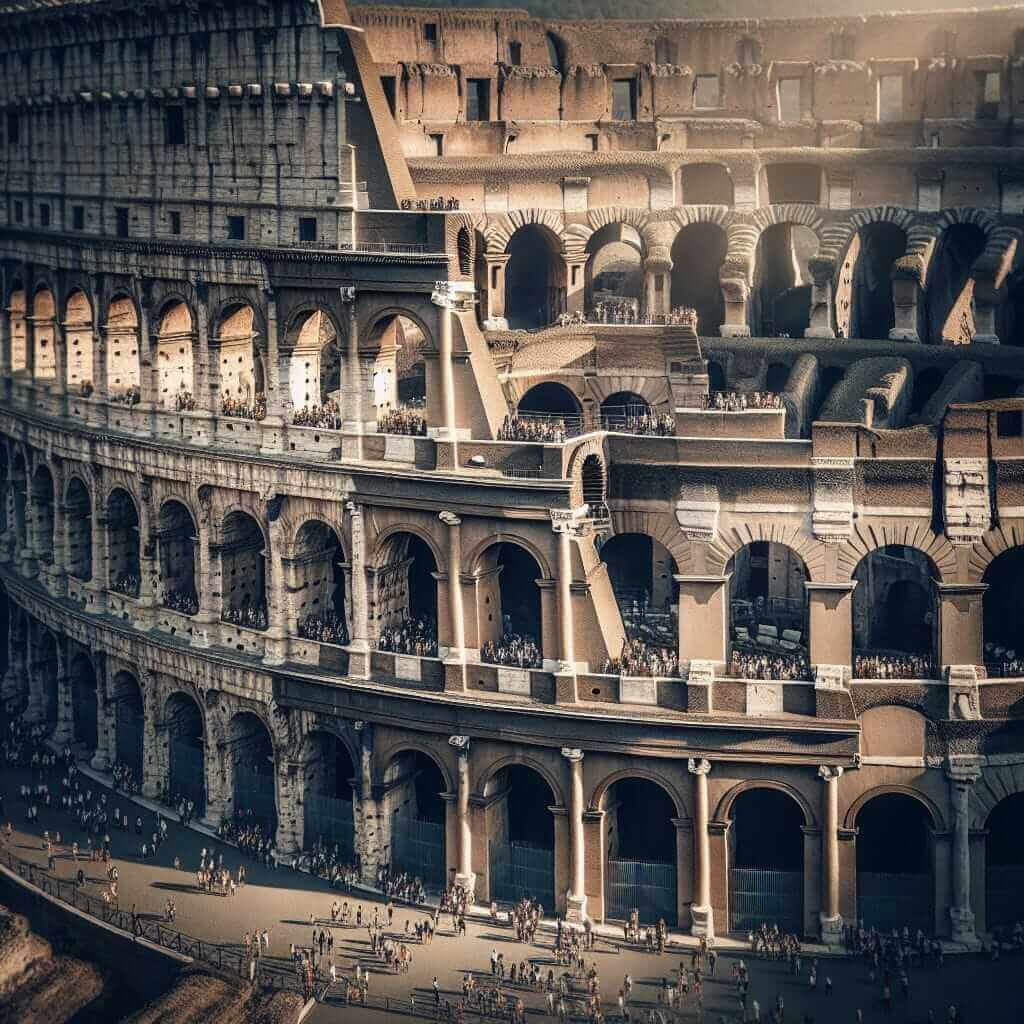Historical landmarks hold immense cultural, educational, and economic value for societies around the world. This essay will explore the importance of preserving these monuments, considering diverse perspectives and implications.
Introduction
Preserving historical landmarks is a topic frequently appearing in IELTS tasks, reflecting both its contemporary relevance and educational significance. Past IELTS Writing Task 2 prompts have included:
- Some people believe that preserving historical buildings is costly and unimportant, while others think they are essential for cultural heritage. Discuss both views and give your opinion.
- Many historical buildings are being destroyed or replaced due to urbanization. Should historical buildings be preserved at the expense of modernization?
This essay will delve deep into the first topic:
“Some people believe that preserving historical buildings is costly and unimportant, while others think they are essential for cultural heritage. Discuss both views and give your opinion.”
Understanding the Task
Analyzing the Prompt
The prompt requires us to discuss both views regarding the importance and cost implications of preserving historical buildings and then express our own opinion. It is essential to maintain a balanced argument and support each viewpoint with relevant examples and justifications.
Sample Essay
Introduction
Historical landmarks serve as tangible connections to our past, offering invaluable insight into former societies while providing cultural and educational enrichment. However, some argue that the maintenance of these structures is an unnecessary expenditure, especially in the face of pressing modern needs.
Body Paragraph 1: Arguments Against Preservation
From an opposing standpoint, critics argue that the funds required for the preservation of historical buildings could be better utilized elsewhere. For example, the money spent on maintaining an old structure could instead address pressing societal needs like healthcare, education, and infrastructure. Furthermore, modern architecture often presents more functional and efficient solutions suited to contemporary urbanization needs.
Body Paragraph 2: Arguments for Preservation
Conversely, proponents of preservation emphasize the cultural significance of historical landmarks. These structures serve as vital links to our heritage, encapsulating the artistic, architectural, and cultural achievements of previous generations. Additionally, landmarks offer educational opportunities, allowing individuals to engage with history in a tangible manner. Economically, preserved buildings often boost tourism, attracting visitors keen on experiencing cultural heritage, which in turn supports local economies.

Body Paragraph 3: My Perspective
In my opinion, the benefits of preserving historical buildings outweigh the costs. While modern development is necessary, it should not come at the expense of our cultural heritage. A balanced approach, where funds are allocated judiciously to support both modernization and preservation, would ensure that societies can develop without losing touch with their historical roots. This not only preserves cultural identity but also provides educational value for future generations.
Conclusion
In conclusion, while some view the preservation of historical landmarks as a financial burden, the cultural, educational, and economic benefits they offer are substantial. Historical buildings are indispensable in maintaining a society’s identity and heritage. Therefore, it is crucial to strike a balance, ensuring that these invaluable structures are preserved for all to appreciate and learn from.
(Word count: 320)
Key Considerations
Vocabulary and Grammar Tips
- Focus on using varied sentence structures, transitioning smoothly between ideas.
- Employ a mix of complex and compound sentences to demonstrate linguistic proficiency.
- Use precise vocabulary relevant to the topic, such as “tangible connections,” “heritage,” “urbanization,” and “cultural enrichment.”
Advanced Vocabulary
- Tangible (adj) /ˈtæn.dʒə.bəl/ – Can be touched or perceived; real.
- Heritage (n) /ˈher.ɪ.tɪdʒ/ – Property or culture handed down from past generations.
- Paradigm (n) /ˈpær.ə.daɪm/ – A typical example or model.
- Enrichment (n) /ɪnˈrɪtʃ.mənt/ – The action of improving or enhancing.
- Urbanization (n) /ˌɜː.bən.aɪˈzeɪ.ʃən/ – The process through which cities grow, and higher population densities develop.
Conclusion
Preserving historical landmarks is a multifaceted issue, intertwining cultural significance with financial considerations. Striking a balance is essential to safeguard our heritage while embracing modernity. Additional topics for practice include:
- The impact of tourism on historical sites.
- The role of government in historical preservation.
- Balancing development and conservation: A modern challenge.
For more on cultural heritage’s role in national identity, visit The Role of Cultural Heritage in National Identity.